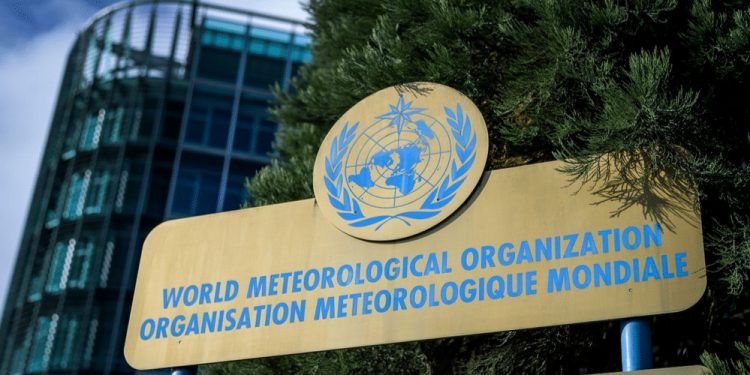2023 Global Climate Report
The World Meteorological Organization (WMO) releases the 2023 Global Climate Report, which aims to analyze the development of the current global climate situation and changes in temperature and carbon emission indicators.
WMO research found that 2023 is the hottest year in the past 174 years, with the global average surface temperature being 1.40 degrees Celsius higher than the average temperature from 1850 to 1900. At the same time, observed concentrations of the three main greenhouse gases (carbon dioxide, methane, and nitrous oxide) reached record highs, and global mean sea level reached its highest value since satellite records began.
Related Post: UNEP Releases Report on Global Climate Litigation
Global Greenhouse Gas Emissions in 2023
Greenhouse gas concentrations reflect the balance between human activities and natural resources and are a major driver of climate change. At present, global greenhouse gas levels continue to rise, and carbon dioxide concentration has reached 1.5 times that of the pre-industrial era (1750). Rising greenhouse gas concentrations have increased global temperatures, with July 2023 becoming the hottest month in history.
In addition to the impact of greenhouse gas emissions on land, the oceans continue to absorb large amounts of heat. Since 1971, 90% of the heat accumulated on the earth has been stored in the ocean, and the rate of ocean warming has been accelerating in the past two decades. The rate of sea level rise has doubled in the past decade compared to the previous decade, and the frequency of marine heat waves continues to increase.
One-quarter of the carbon dioxide produced by human activities is absorbed by the ocean and reacts with seawater, causing a decrease in ocean pH, known as ocean acidification. Ocean acidification has significant impacts on biodiversity and also harm the aquaculture industry. The current ocean pH has dropped from 8.10 in 1990 to below 8.05.

Changes in Global Cryosphere in 2023
The global cryosphere includes glaciers, ice sheets, permafrost, etc. The extent of Arctic Sea ice in 2023 remains below normal levels, and the extent of Antarctic Sea ice reaches its lowest amount since 1980. The mass of the ice sheets in Greenland and Antarctica has also continued to decline, and the number of glaciers in Switzerland has decreased by 10% in the past two years, reaching the second highest level of decline since 1950.
Snow cover in the Northern Hemisphere continues to decrease in spring and summer in 2023, with the snow cover range in North America in May 2023 reaching its lowest amount since 1967. The decline in snowpack is directly related to snowmelt caused by spring heat waves.
Extreme Weather and Climate Events in 2023
Global floods, extreme heat and drought, and wildfires impact human habitats. Tropical Cyclone Freddy, which appeared in February this year, was the longest tropical cyclone in history and displaced more than 600,000 people. A July heatwave brought unusually persistent high temperatures across Europe and caused the largest fires in the European Union’s history. Wildfires in Canada are beyond records and more than six times the ten-year average.
Extreme weather and climate events impact social and economic development around the world. In 2020, 135 million people around the world faced food crises, and in 2023, this number reached 345 million. In 2023, 9.2% of the population will face malnutrition, compared with 7.9% in 2022. In low- and middle-income countries, 82% of losses caused by drought are borne by the agricultural sector, exacerbating the difficulties in food production in these countries.
To cope with these situations, WMO recommends that countries enhance climate adaptation capabilities and reduce disaster risks. Currently, 126 countries have formulated disaster risk management strategies, 99 countries have formulated disaster risk reduction strategies, and 102 countries have established disaster early warning systems. The United Nations plans to achieve the goal of protecting humanity from the effects of extreme climate events by 2027.
Reference:
Provisional State of the Global Climate in 2023
ESG Advertisements Contact:todayesg@gmail.com








